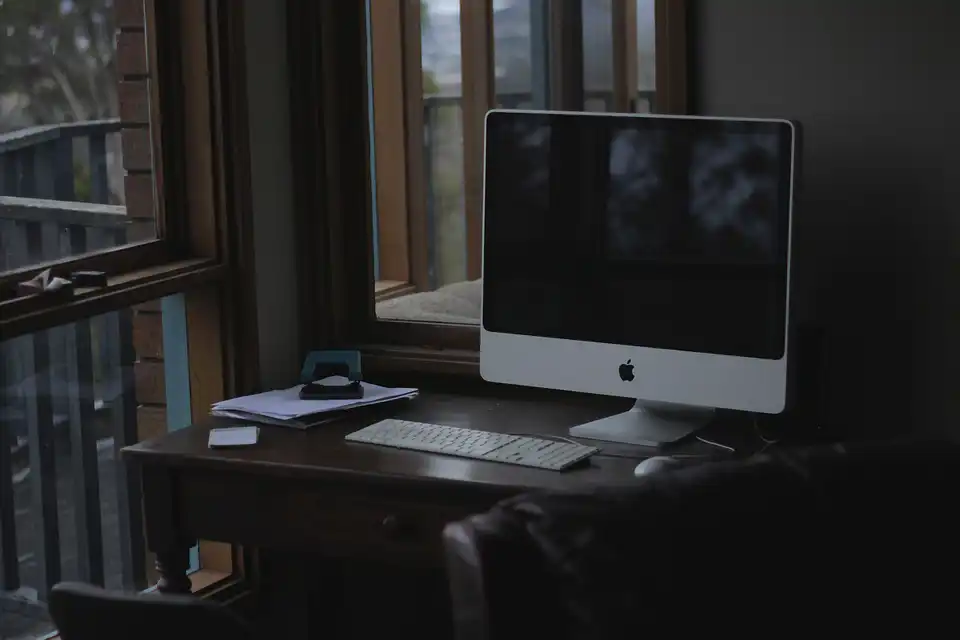A remarkable development has emerged from Samsung's artificial intelligence research centers. They have created an extraordinary technology, which can conjure realistic photographs of people who never existed.
This has been achieved by a system that molds facial features based on thousands of real photos. However, the photos it produces are far beyond mere digital imitations - they are a convincing representation of what real person might look like.
The impressive thing about these photos isn’t just the high-resolution quality, but also the striking details. One can observe the nuanced facial expressions, hair strands, and even reflections in the pupils which all contribute to the impression of authenticity.

The underlying principle behind this technology, known as Generative Adversarial Networks (GANs), is a marvel in itself. This AI system not only generates the visuals but also scrutinizes their likeness to real-world objects and beings, fine-tuning them in an iterative process.
Samsung’s revelation has sparked many debates. Some marvel at the depiction of non-existent people, while others fear the implicit ethical implications in creating synthetic identities. Is it crossing the boundary?
Notably, there are already instances where AI generated photos have been used for deception. People have created false online personas using these images. Such dishonest applications highlight the potential misuse of this technology.
AI technology development has always been a double-edged sword. While it offers vast opportunities to make our lives easier and more efficient, it simultaneously opens doors for misuse. Artificially generated photographs are no exception to this rule.
by now, a slew of companies besides Samsung are exploring the potential of GANs. Technology giants like Facebook and Google are researching the generation of virtual landscapes and scenes which could have numerous applications in gaming and virtual reality scenarios.
Another use-case of AI-generated images is in the entertainment industry. Movies and television have already started using AI to synthetically age or de-age actors, and with further improvements, this technology could replace the need for extensive CGI work.
While AI-generated images are mesmerizing, their authenticity is questioned. Although Samsung's system generates strikingly real images, they lack the intricate and spontaneous details that only a real human photo can capture.
Wherein lies the fine line between a 'real' and an 'artificial' photograph? If AI can generate a snapshot that is indistinguishable from a real one, then what constitutes as real?
Samsung’s experiment brings us face-to-face with these questions. A time may come where we might have to revise our understanding of the reality of a photograph.
In the digital age, when deepfakes and AI-generated images are becoming common, we must walk a tightrope. It is essential to balance the power of technology with responsible use.
There are also concerns regarding privacy and data ownership. As AI grows more potent, so does its hunger for data. Who owns these AI-created images? And what happens if the generated images resemble a real person too closely?
As society integrates advanced technologies such as AI, we need robust regulations that align with human rights and ethical considerations.
We must also educate the public about these AI-driven technologies. Being aware of their potential will allow for informed decisions about their use and misuse.
In conclusion, AI-generated photos are an impressive feat of modern technology. But they also serve as a sobering reminder of the challenges that such advancements bring along.
From the debate on what constitutes a 'real' photograph to ethical considerations of misusing AI, we are stepping into uncharted territories with every stride we take in innovation.
As we embrace the digital future, wrought with AI-generated photographs and more, we must ensure that technology serves humanity rather than manipulating it.
For the time being, an AI-generated photo remains an emblem of technological triumph, breathing life into the nonexistent while churning up a sea of questions about reality, authenticity, and ethics.